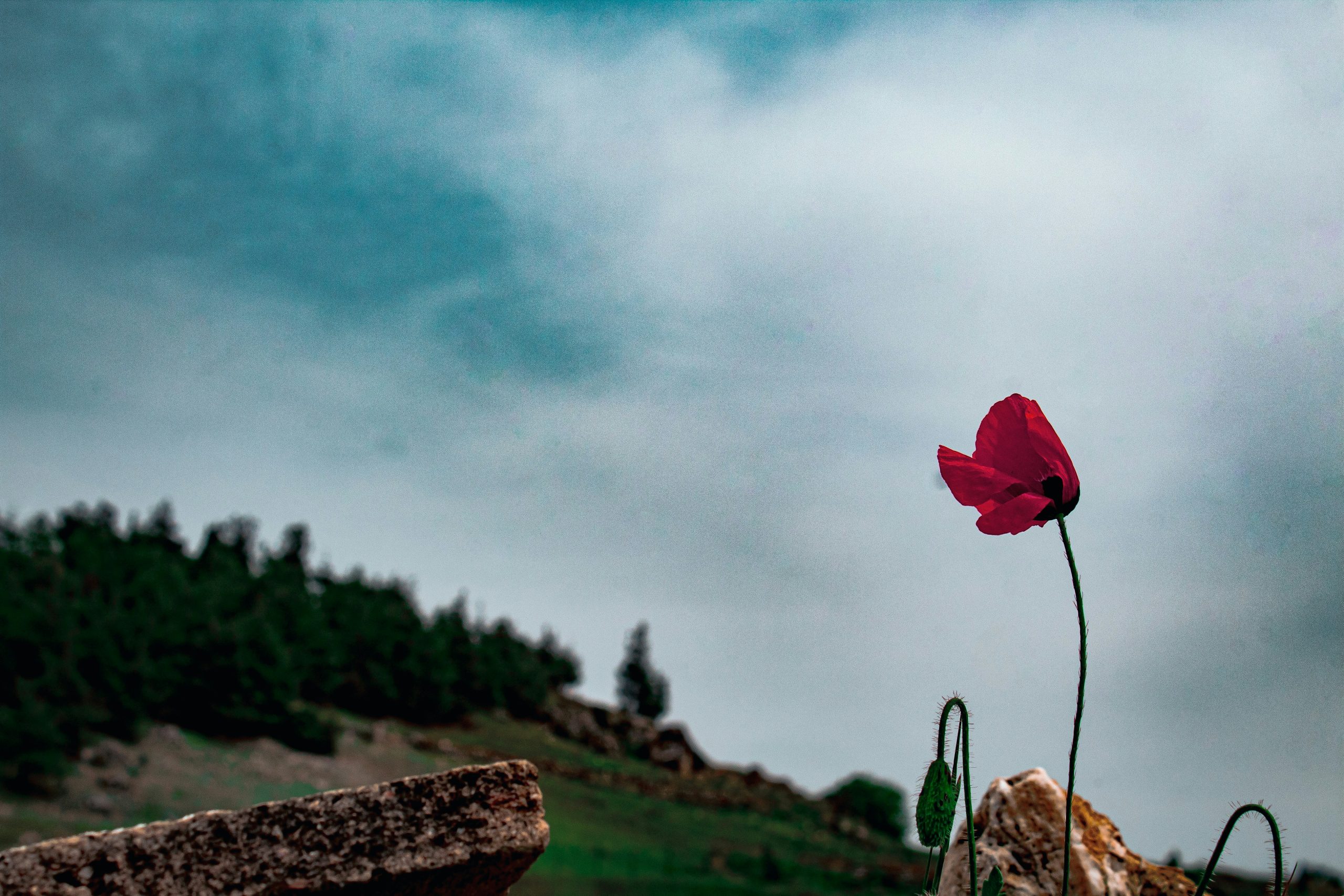A phone call is one way to make gratitude a consistent part of your donor engagement strategy—and a good start. But there are many others. Here are five suggestions.
- Offer Opportunities for Feedback: Include a short survey in your thank-you message, asking for their input on how often they’d like to receive updates or what aspects of your work resonate with them. This simple gesture shows you value their perspective and want them to be part of your organization’s story.
- Share Program Updates and Stories: Reach out periodically to let donors know the impact of their support. Whether it’s through email, newsletters, or direct mail, keeping them in the loop reinforces their connection to the cause.
- Invite Donors to Visit: For local supporters, offer an invitation to visit your facilities or observe your programs in action. Seeing the impact firsthand strengthens their bond to the cause and gives them a sense of ownership over the progress being made.
- Introduce Giving Clubs or Special Groups: For donors interested in deeper involvement, giving clubs can be a great way to recognize their commitment. These groups create a sense of belonging and provide opportunities for supporters to meet others who share their values.
- Personalize Your Thank-You Messages: Go beyond standard thank-you letters. Tailor your messages to reflect each donor’s unique contribution or connection to the cause. Recognizing their individual motivations makes your gratitude feel sincere and heartfelt.
The Impact of Genuine Gratitude on Donor Retention
Expressing genuine appreciation has more than just a feel-good effect—it can dramatically increase donor retention. When donors feel acknowledged and valued, they are far more likely to give again, building a cycle of generosity that grows over time. Studies show that even a small gesture, like a thank-you call, can lead to increased giving and long-term commitment.
Roger Craver, in his book Retention Fundraising, underscores the importance of gratitude as a fundamental tool for nurturing donor loyalty. He shares that the initial thank-you is one of the most leveraged ways to strengthen donor relationships. When organizations prioritize authentic gratitude, they create a culture where donors feel respected and valued, encouraging ongoing support.
Is Your Organization Making Gratitude a Habit?
Ultimately, gratitude is more than a step in a process; it’s a mindset. It’s about making appreciation part of the organization’s culture and creating a donor experience that feels personal and meaningful. When we engage donors with genuine thanks, we foster a deeper connection that benefits everyone involved—supporters become part of the mission, and organizations gain loyal advocates.
Try integrating these practices into your donor engagement strategy and see how it transforms your relationships. Genuine appreciation not only enriches your organization but also has the power to turn donors into lifelong partners, building a legacy of support for the future.
In short, gratitude is a cornerstone of effective donor engagement and one of the most powerful ways to build lasting partnerships. By prioritizing sincere appreciation, you can create a community of supporters who feel connected to your mission and excited to continue making a difference.





